Diving in Nusa Lembongan
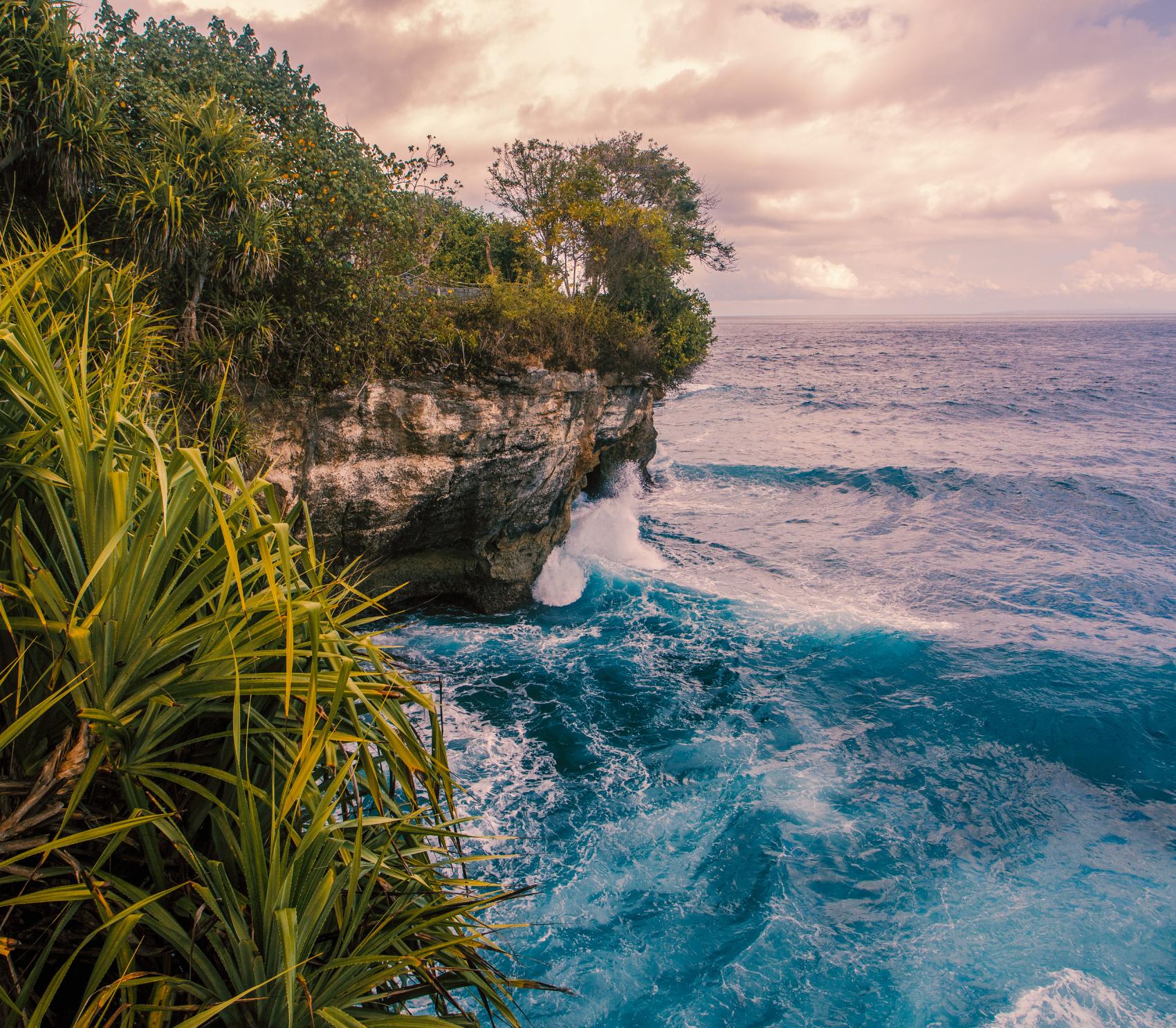
Quiet, gentle, and perfect for learning
The greatest place to learn to dive is Nusa Lembongan, which is quieter than Bali and easier than Nusa Penida. 78% of students here get their Open Water certification faster than anywhere else thanks to safe mangrove sites, 4:1 class ratios, and 15% cheaper tuition than Bali. In dive centers, culture and skill development are intertwined. With its mangrove passageways and gentle currents, this is the ideal spot to start your underwater experience.
Types of Diving in Nusa Lembongan
- Drift Diving
- Reef Diving
- Ocean Diving
Ocean beauty and lava landscapes from bay to deep sea
Nusa Lembongan’s underwater world is full of exciting dives. It combines fast currents with amazing sea life. Our team has picked five top sites for all divers, based on safety, seasons, and sea life.
Adventure at Every Depth

Nusa Lembongan’s dive sites offer both calm and current-filled adventures. You can cruise through coral gardens or drift along walls with pelagics. Love macro or chasing mantas? This place has both. That’s what makes diving here unforgettable. At depth, spot nudibranchs, eels, and pygmy seahorses. Midwater holds trevallies and bumpheads. Near the surface, keep eyes out for mantas and mola molas during Bali’s dive season.
Easy Access, Eco-Friendly, and Built for Divers
With daily ferries from Sanur and Padang Bai, Nusa Lembongan is a diver’s paradise only 30 minutes by speedboat from Bali. Airport pickups are included in the majority of diving packages, which makes access easy and stress-free. The island also promotes environmentally friendly diving by encouraging people to participate in weekly beach clean-ups, wear sunscreen that is safe for reefs, and bring reusable hydration packs on boats. Under the surface, it’s a place where sustainability and convenience coexist.
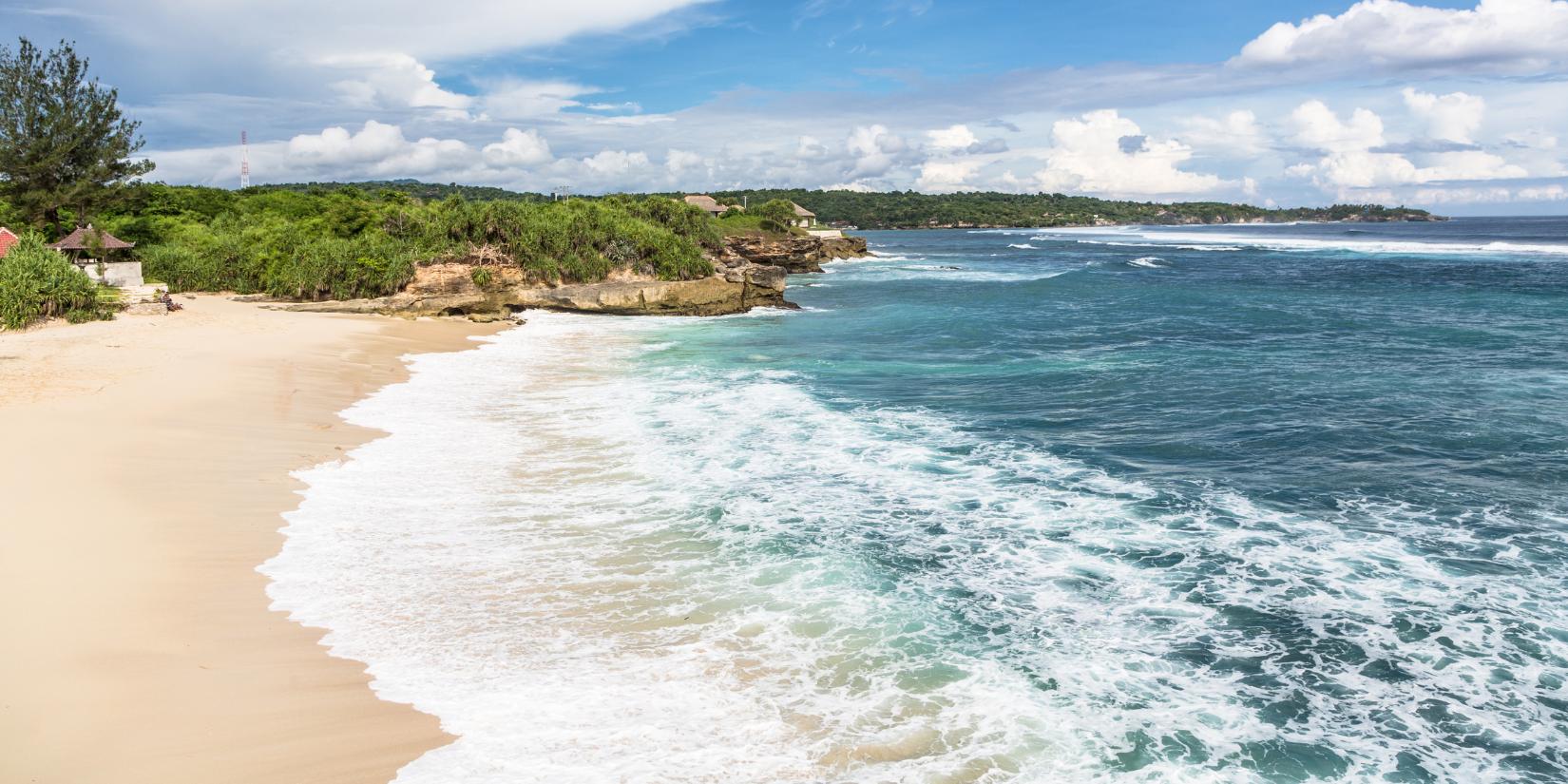
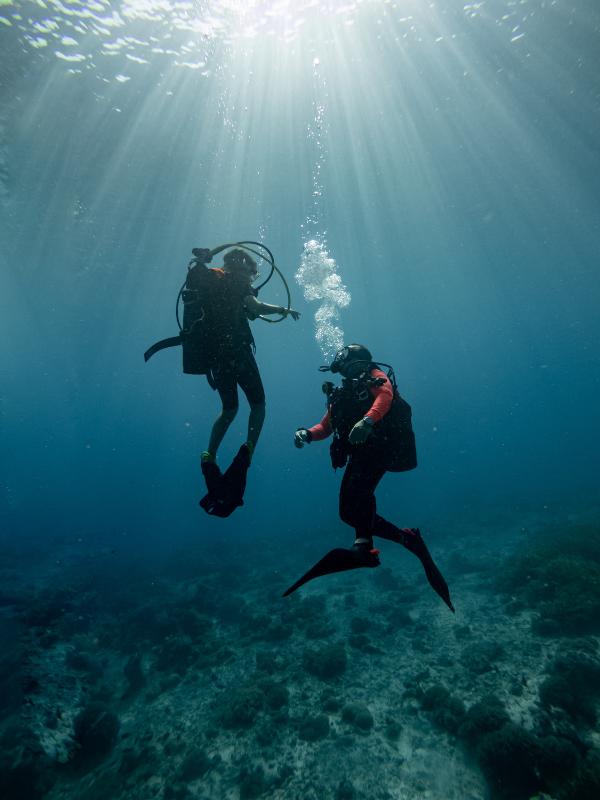
Dive Site
Delving into the depths of Blue Corner leads to incredible undersea adventures. It is referred to as a diver’s paradise because of its unparalleled biodiversity, coral walls, and stunning drifts. Visibility reaches 30m, while depths vary from 12 to 30m, with the most of action occurring at 18 to 24m. In order to maintain safety in one of Lembongan’s most exciting dive sites, our teams use Nitrox and dive computers to navigate strong currents, aided by buddy drills, surface markers, and pre-dive drone scans.
Types of dives:
- Drift
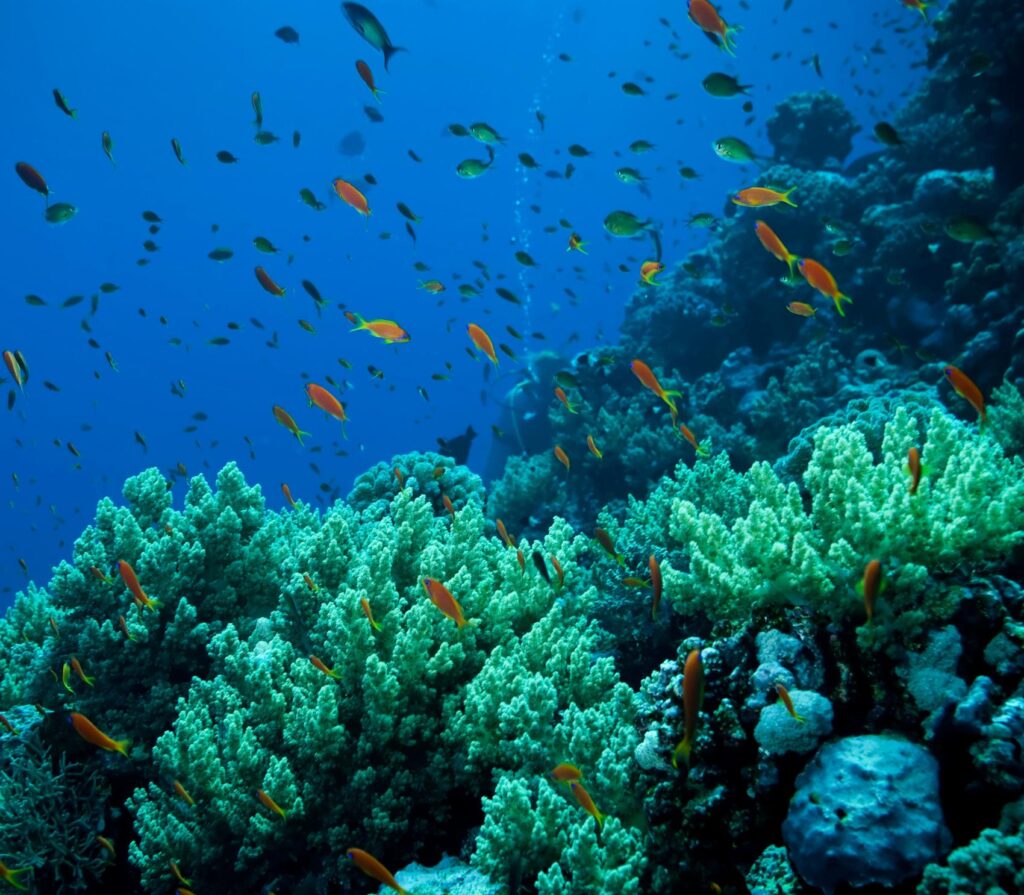
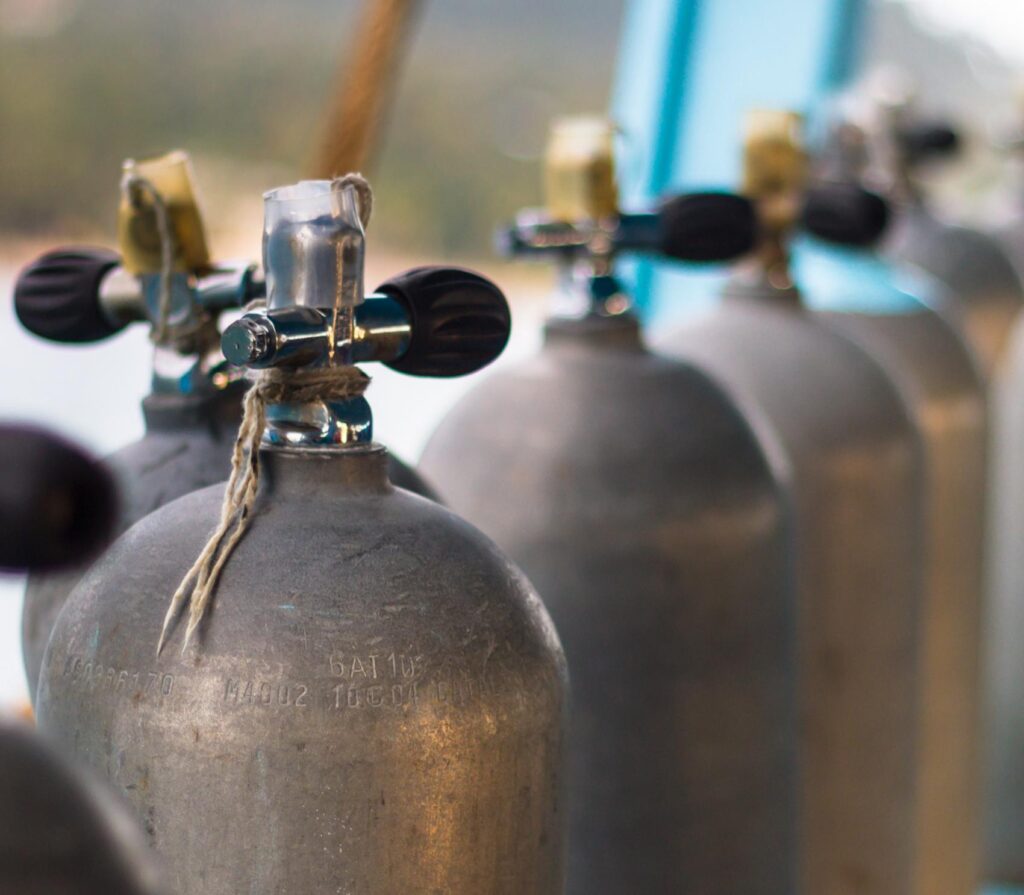
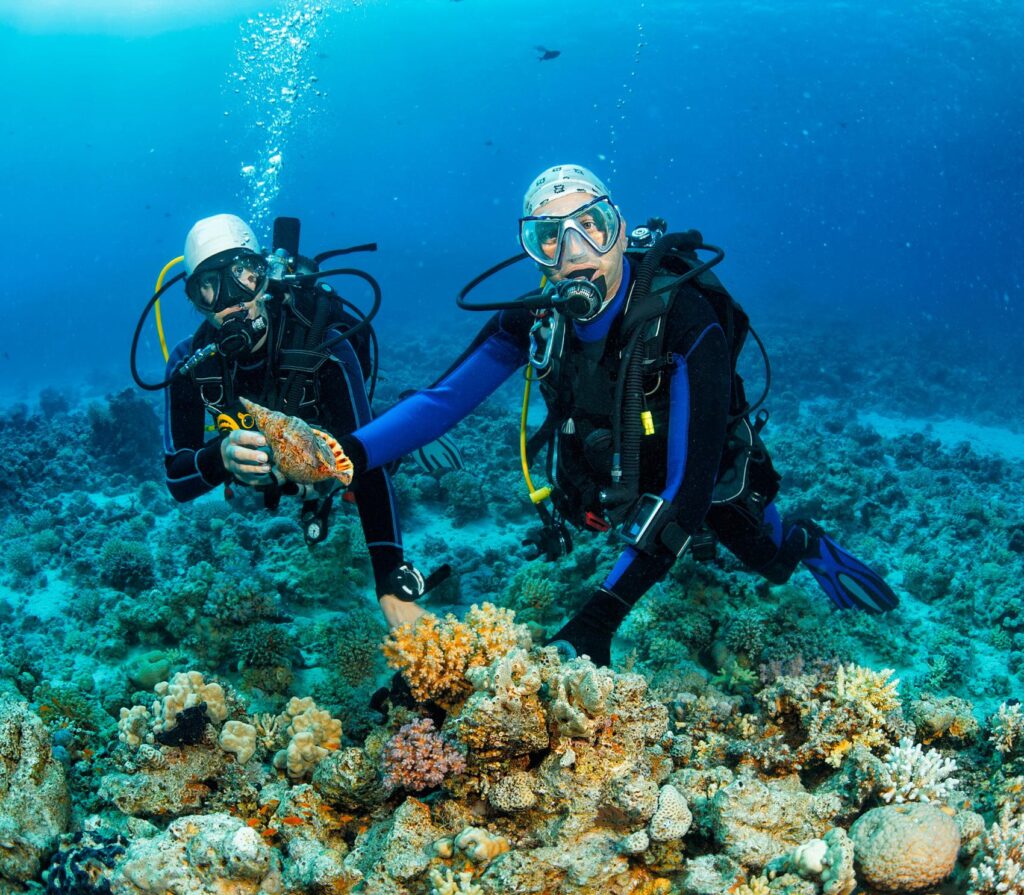
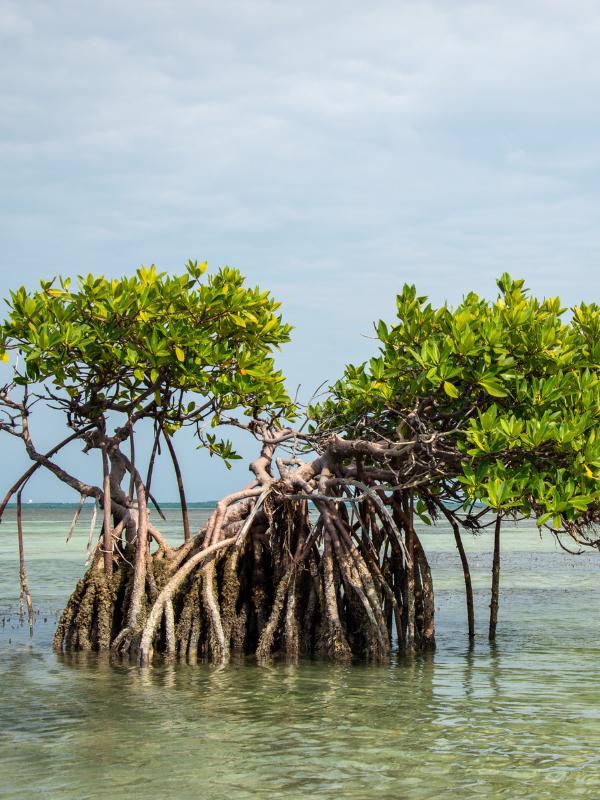
Dive Site
Mangrove Point offers a vibrant shallow-water adventure with depths from 5–15m, ideal for both beginners and experienced divers. Mild to strong tidal flows are present, and visibility is between 10 and 20 meters. PADI Drift Diver criteria are met by the dives here, which use reef hooks, rope systems, and short fins. You will learn safe entry, exploration, and departure strategies specific to Lembongan’s mangrove ecology while gliding by flourishing coral and aquatic life under the guidance of qualified instructors.
Types of dives:
- Drift
- Reef
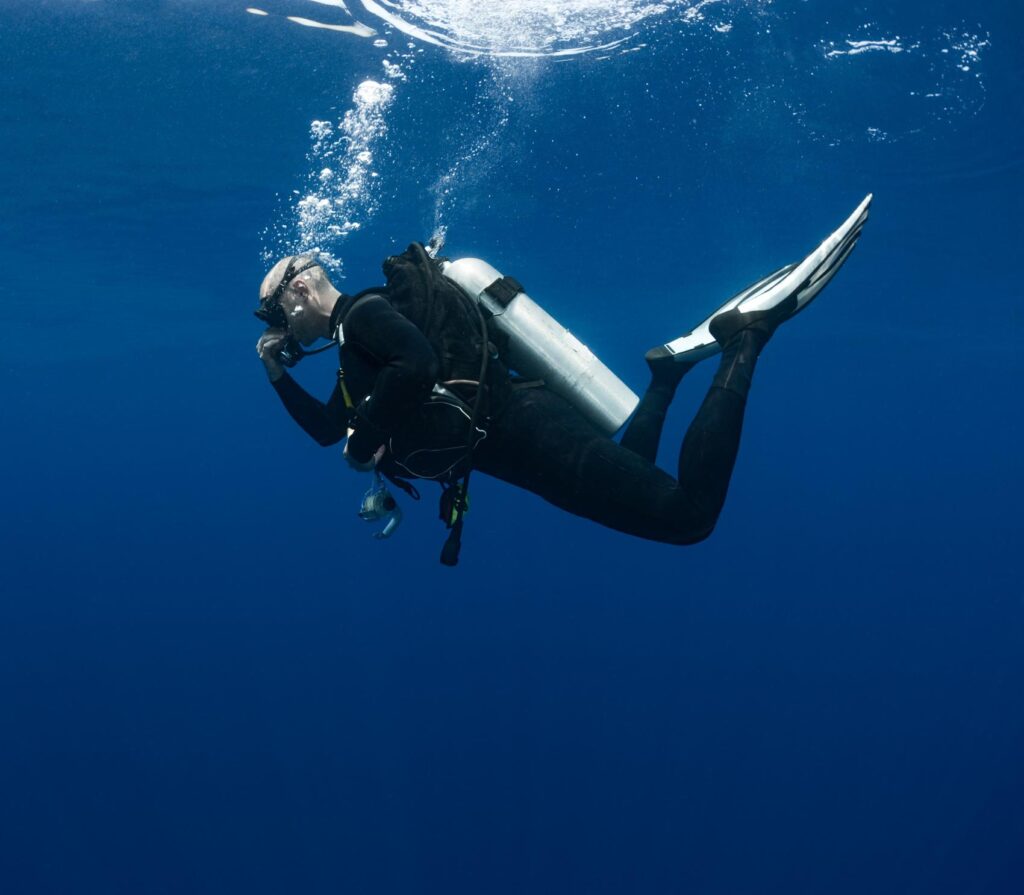
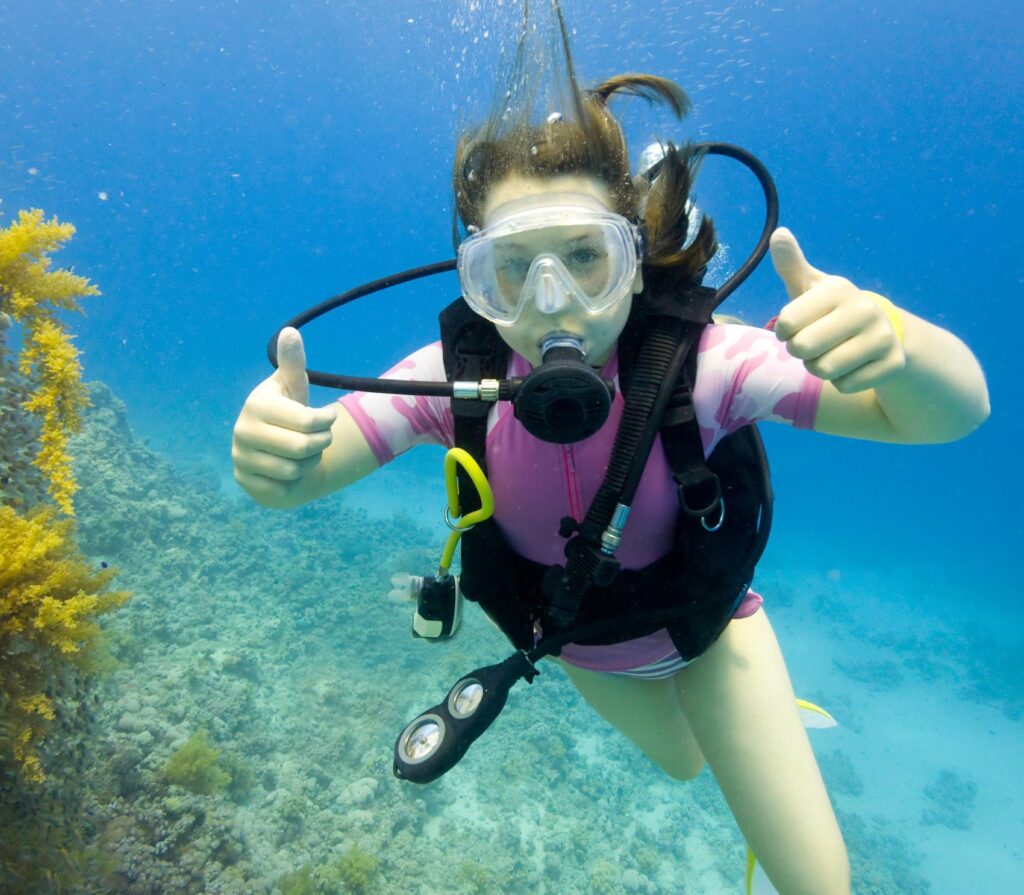
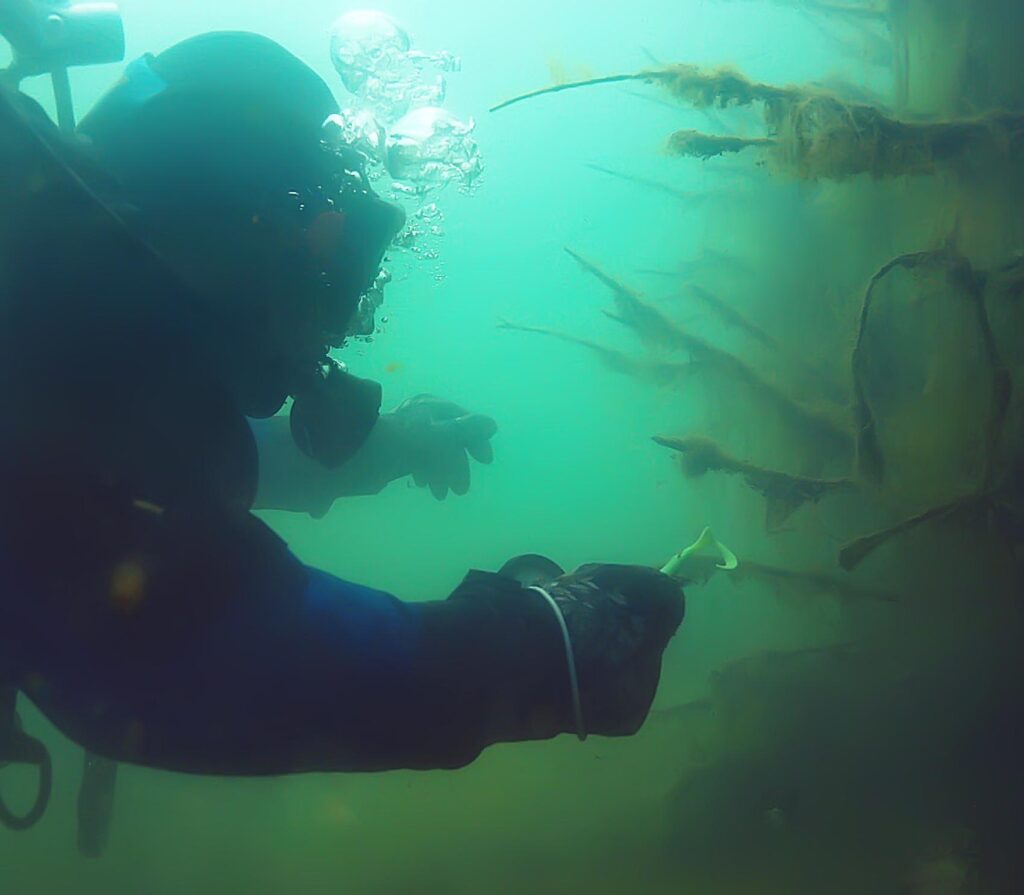
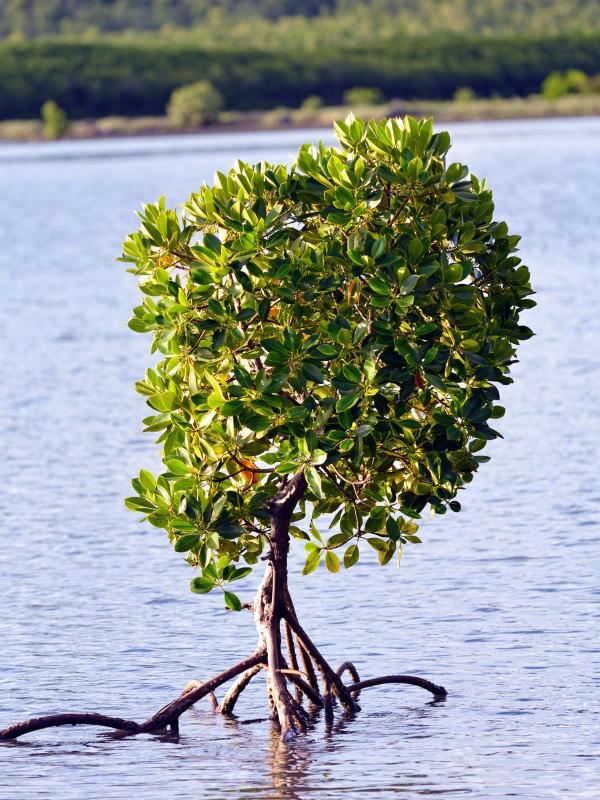
Dive Site
With depths varying from 5 to 20 meters across shallow roots and deeper channels, mangrove underwater forests in Nusa Lembongan provide a unique combination of biodiversity and ecological significance. Seasonal plankton blooms frequently shape visibility, which ranges from 8 to 20 meters. In shallow water, divers utilize torches, and in deeper water, they use Nitrox 28 percent. Variable currents necessitate careful gear selection, transforming this unusual terrain into an exciting, environmentally rich diving experience for divers of all skill levels.
Types of dives:
- Drift
- Reef
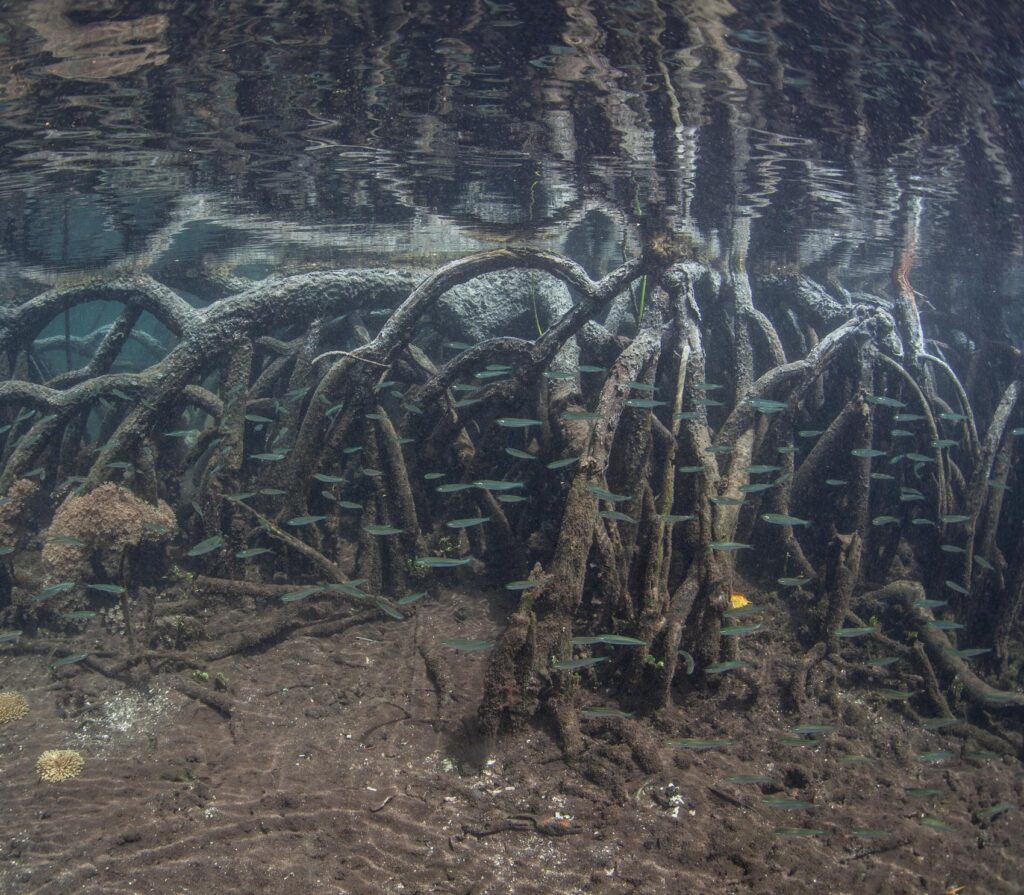
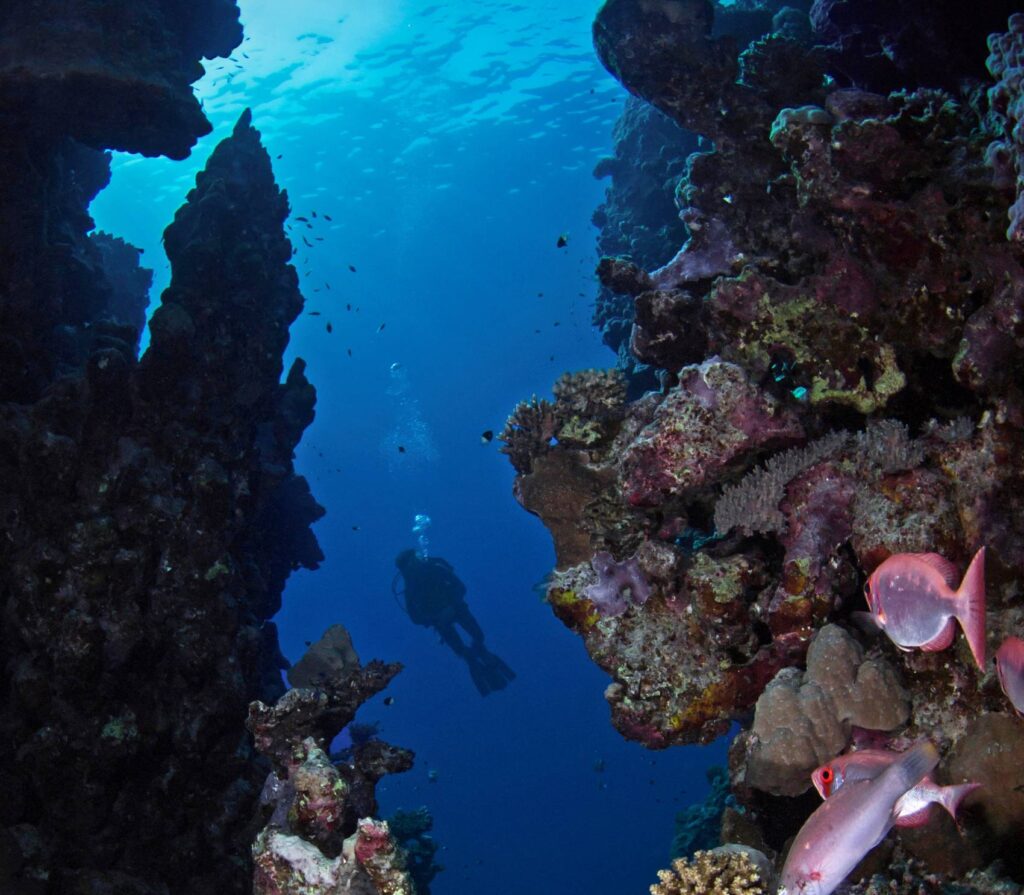

Immersive Ways to Dive These Waters
Nusa Lembongan offers four unique diving experiences. You can explore wonderful coral gardens or breathtaking underwater cliffs. Your experienced guide ensures your safety and respects the marine environment.
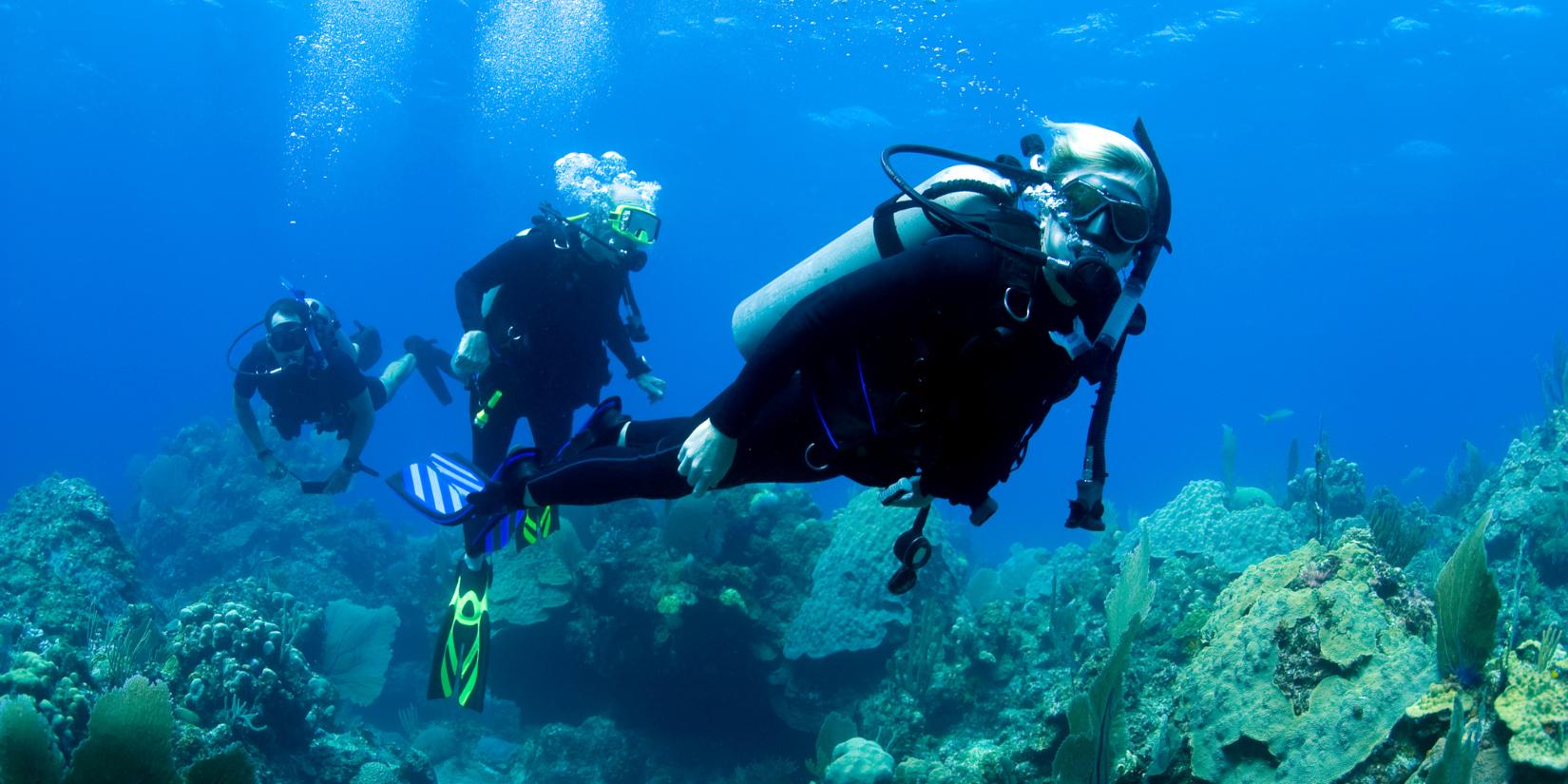
Reef Diving
Under the supervision of a secure rope system that satisfies PADI drift dive regulations, Mangrove Point provides exciting reef diving from 5 to 15 meters. In nutrient-rich mud, divers can see seven different kinds of nudibranchs and 13 shrimp species, including the uncommon Periclimenes pholeter that blends into mangrove bark. A vibrant, constantly shifting underwater environment is produced by soft corals such as Dendronephthya hemprichi that swing in the current.
Ocean Diving
Although Blue Corner is a great place for exhilarating drift dives, due to its powerful currents, preparation is essential. Through buddy team positioning drills, the strategic use of safety sausages for visibility, and pre-dive current checks using subsurface drones, our team makes sure everyone is safe. In one of the most dynamic underwater settings on Nusa Lembongan, these regulations allow divers to experience the excitement while keeping complete control.
Night Diving
The underwater forests of mangroves, with their shallow roots and deeper waterways teeming with life, provide a unique diving experience. Rare species and dramatic terrain can be found at this environmentally diverse location. Divers can confidently and carefully explore Mangrove’s layered biodiversity by adhering to PADI guidelines, which include defined paths, underwater lamps for low-light vision, and controlled ascents along coral walls. Safety is crucial.
FAQ
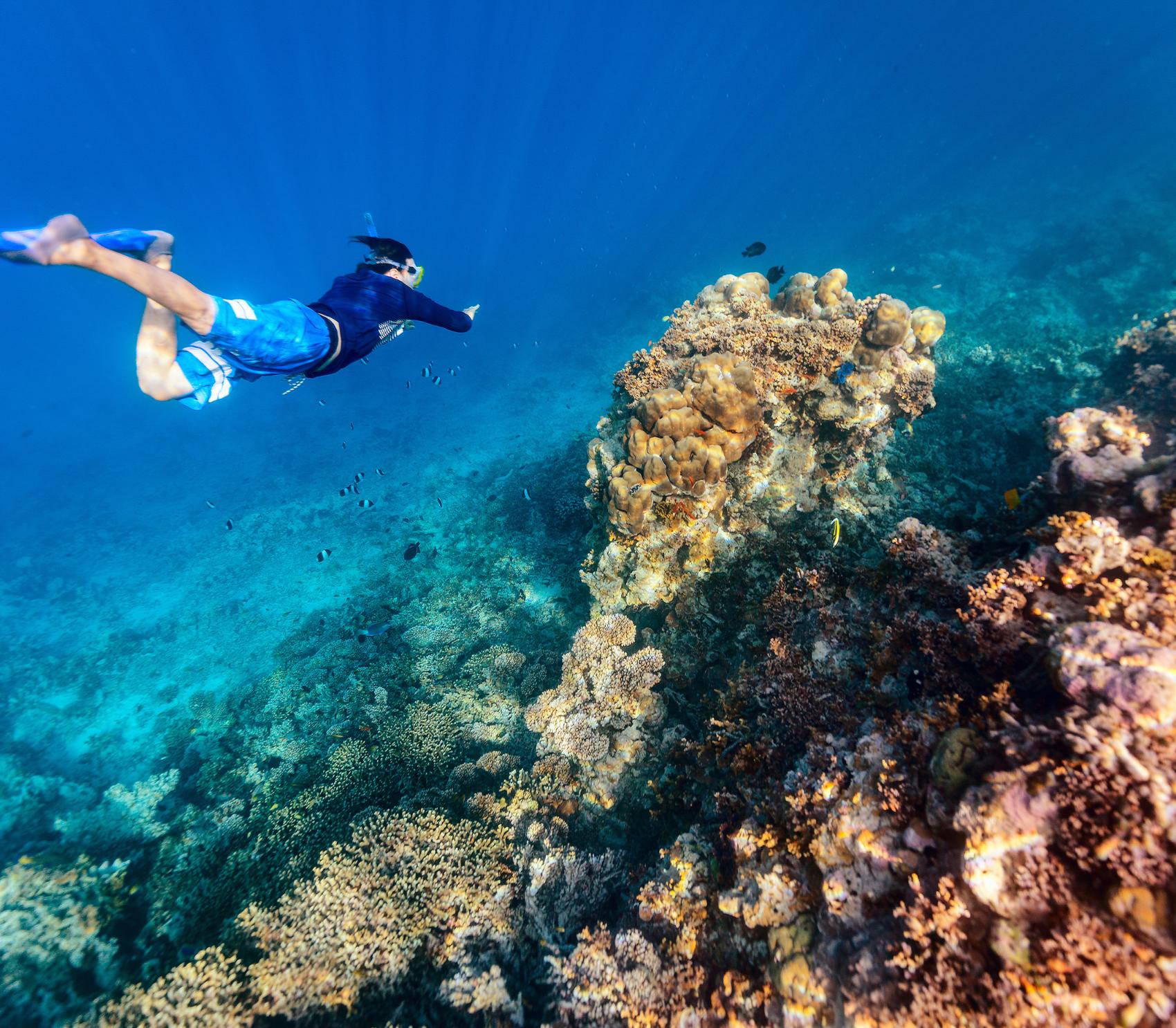
How do I reach Nusa Lembongan for diving?
Getting to Nusa Lembongan is easy. It’s just a 30-minute fast boat ride from Sanur Beach in Bali. Most dive centers offer round-trip transfers from South Bali hotels. You’ll be ready to dive by 10 AM after a morning departure.
What marine life can I see while diving in Nusa Lembongan?
Nusa Lembonga waters are home to a wide variety of marine life. You can see everything from tiny pygmy seahorses to huge pelagic creatures. Manta Rays are here all year, and Mola Mola visit from July to October. Don’t miss the critters at Mangrove Point – we’ve seen 37 nudibranch species in 2023!
Is Nusa Lembongan suitable for beginner divers?
Yes, it’s perfect for beginners. Lembongan Bay has calm sites like Playgrounds, ideal for Open Water training. PADI instructors keep a 4:1 student ratio. They use gradual current exposure at sites like Blue Corner to build confidence safely.
How does diving in Nusa Lembongan compare to Nusa Penida?
Lembongan is great for beginners, with calmer waters than Penida. But, both places have incredible marine life. Advanced divers often dive both, starting with drifts at Penida’s Manta Point (87% encounter rate) and then exploring Lembongan’s mangroves.
What certifications do I need for Nusa Lembongan dive sites?
Most sites need Open Water certification, but we cater to all levels. Blue Corner requires Advanced Open Water for its technical sections. Beginners can explore Shallows at Toyapakeh.
When is the best time for diving in Nusa Lembongan?
The best time is April-November for clear waters (20-30m). Manta Rays are here all year, and Mola Mola visit July-October. Wet season diving (Dec-Mar) is great for macro species, even with occasional rain showers.
Are there environmental conservation efforts for dive sites?
Yes, dive centers in Nusa Lembongan, Bali protect habitats with mooring buoys and citizen science. All divers get eco-briefings, and 5% of course fees fund coral restoration.
West Sumbawa
Explore Bali and Nusa Lembongan before venturing into the untamed waters of West Sumbawa with Mocean Beach Resort. This unspoiled area is only two hours from Bali and is home to whale sharks, tuna, and manta rays from August to November. Comfort and safety are guaranteed by our PADI-certified guides. Are you prepared for your upcoming undersea adventure? To arrange your trip to West Sumbawa, get in touch with us and consult the dive calendar.
